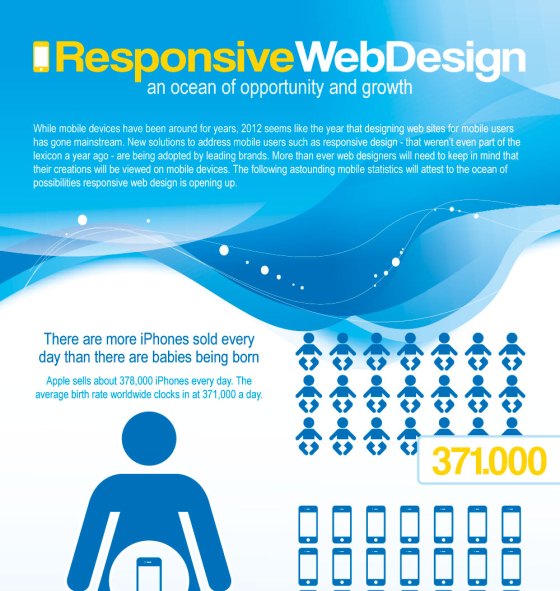Internet Site Design: A Journey Via Time.From Simple Starts To Modern-Day Wonders, Site Design Has Actually Gone Through A Considerable Makeover For Many Years
Internet Site Design: A Journey Via Time.From Simple Starts To Modern-Day Wonders, Site Design Has Actually Gone Through A Considerable Makeover For Many Years
Blog Article
Author-Lamb Bowles
In the past, websites were straightforward and focused on information. Navigating was straight, and design was for desktop computers. Currently, individual experience is crucial. Data overviews designs for very easy navigating. Receptive formats match various devices. Today, dark setting lowers stress, and minimal food selections improve navigation. effective search engine optimization involve users, and strong visuals attract attention. AI assimilation improves involvement. See how layout has developed to improve your on-line journey.
Very Early Days of Website Design
In the early days of web design, simplicity reigned supreme. Sites were basic, with minimal shades, typefaces, and layouts. The emphasis was on offering info rather than flashy visuals. Users accessed the web through slow dial-up links, so speed and capability were essential.
Navigation menus were straightforward, normally located at the top or side of the page. Web sites were made for computer, as mobile surfing had not been yet widespread. Content was king, and designers focused on simple readability over intricate layout aspects.
HTML was the main coding language utilized, and designers needed to function within its restraints. Animations and interactive attributes were marginal compared to today's standards. Sites were static, with little vibrant web content or personalized user experiences.
Surge of User-Focused Style
With the advancement of website design, a shift towards user-focused layout concepts has actually come to be progressively prominent. Today, producing web sites that focus on customer experience is crucial for involving visitors and achieving service goals. User-focused layout includes comprehending the needs, preferences, and actions of your target audience to tailor the web site's layout, web content, and includes as necessary.
browse around this web-site conduct complete study, such as customer studies and functionality testing, to collect insights and responses straight from individuals. This data-driven method helps in creating intuitive navigation, clear calls-to-action, and visually attractive interfaces that reverberate with visitors. By placing the user at the center of the design process, web sites can deliver a more personalized and enjoyable experience.
Responsive style has likewise become a key element of user-focused design, making sure that sites are enhanced for different tools and screen dimensions. This versatility improves accessibility and functionality, dealing with the varied ways customers engage with internet sites today. Basically, the increase of user-focused layout represents a shift in the direction of producing electronic experiences that prioritize the requirements and expectations of the end customer.
Modern Trends in Web Design
Explore the most recent patterns forming web design today. One prominent fad is dark mode design, supplying a sleek and modern-day appearance while reducing eye stress in low-light environments. Another crucial fad is minimalist navigation, streamlining menus and improving customer experience by concentrating on essential elements. Incorporating micro-interactions, such as animated switches or scrolling impacts, can produce a much more engaging and interactive web site. Receptive style stays vital, ensuring smooth individual experiences across various tools. Furthermore, making use of strong typography and unbalanced formats can include aesthetic rate of interest and draw attention to particular material.
Integrating AI technology, like chatbots for client assistance or individualized suggestions, boosts individual engagement and simplifies processes. Accessibility has also come to be a substantial fad, with developers focusing on comprehensive style methods to deal with varied customer requirements. Accepting read the full info here by maximizing internet site performance for rate and efficiency is another emerging pattern in website design. Collaborating with user comments and data analytics to repeat and enhance layout continually is important for staying pertinent in the ever-evolving digital landscape. By embracing these contemporary patterns, you can produce an aesthetically appealing, straightforward web site that reverberates with your target market.
Final thought
As you assess the advancement of web site style from the very early days to now, you can see just how user-focused style has actually come to be the driving pressure behind contemporary trends.
Welcome the trip of modification and adaptation in website design, constantly keeping the customer experience at the forefront.
Remain existing with the current fads and innovations, and never ever quit advancing your method to create visually magnificent and straightforward internet sites.
Evolve, adapt, and produce - the future of web design is in your hands.
